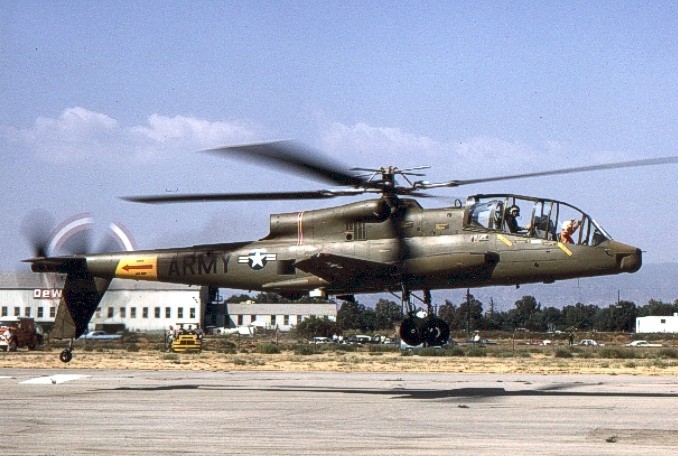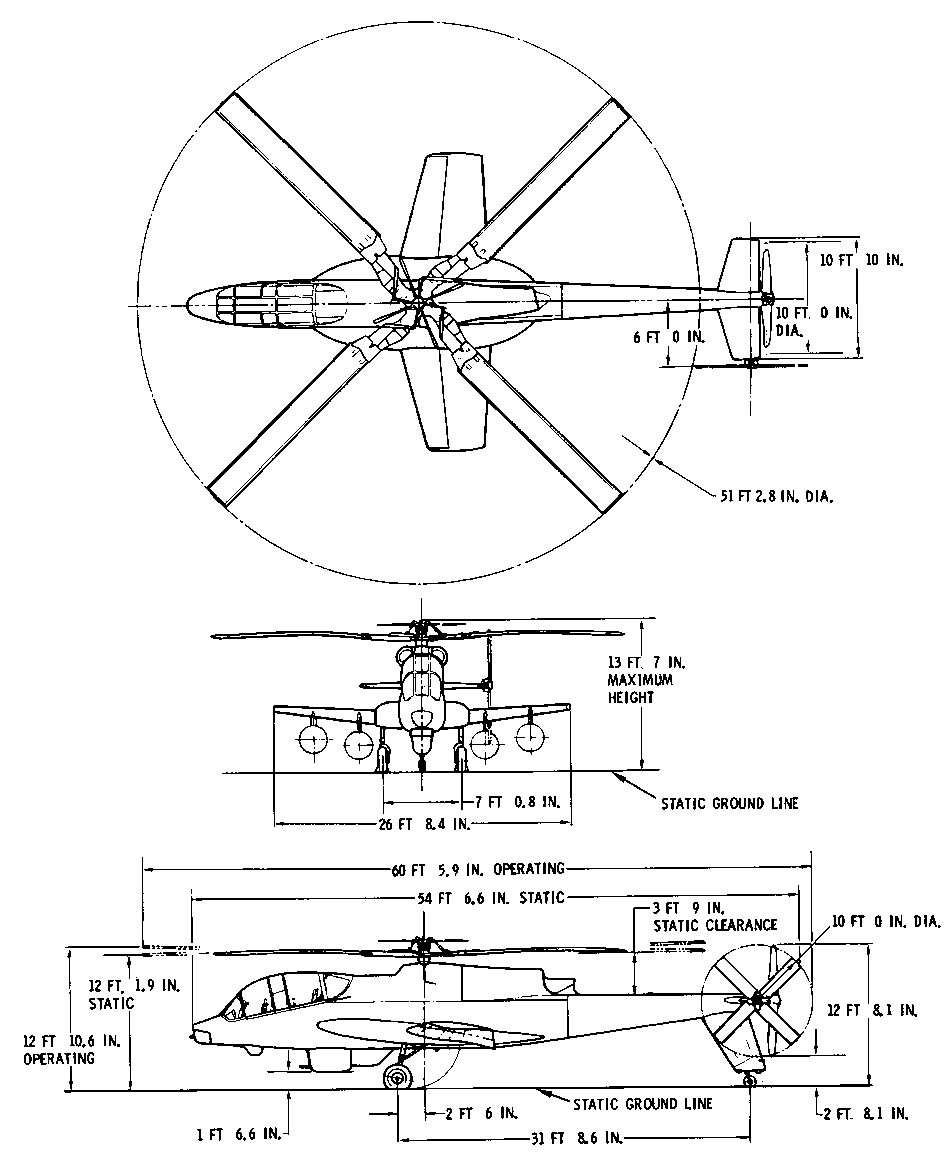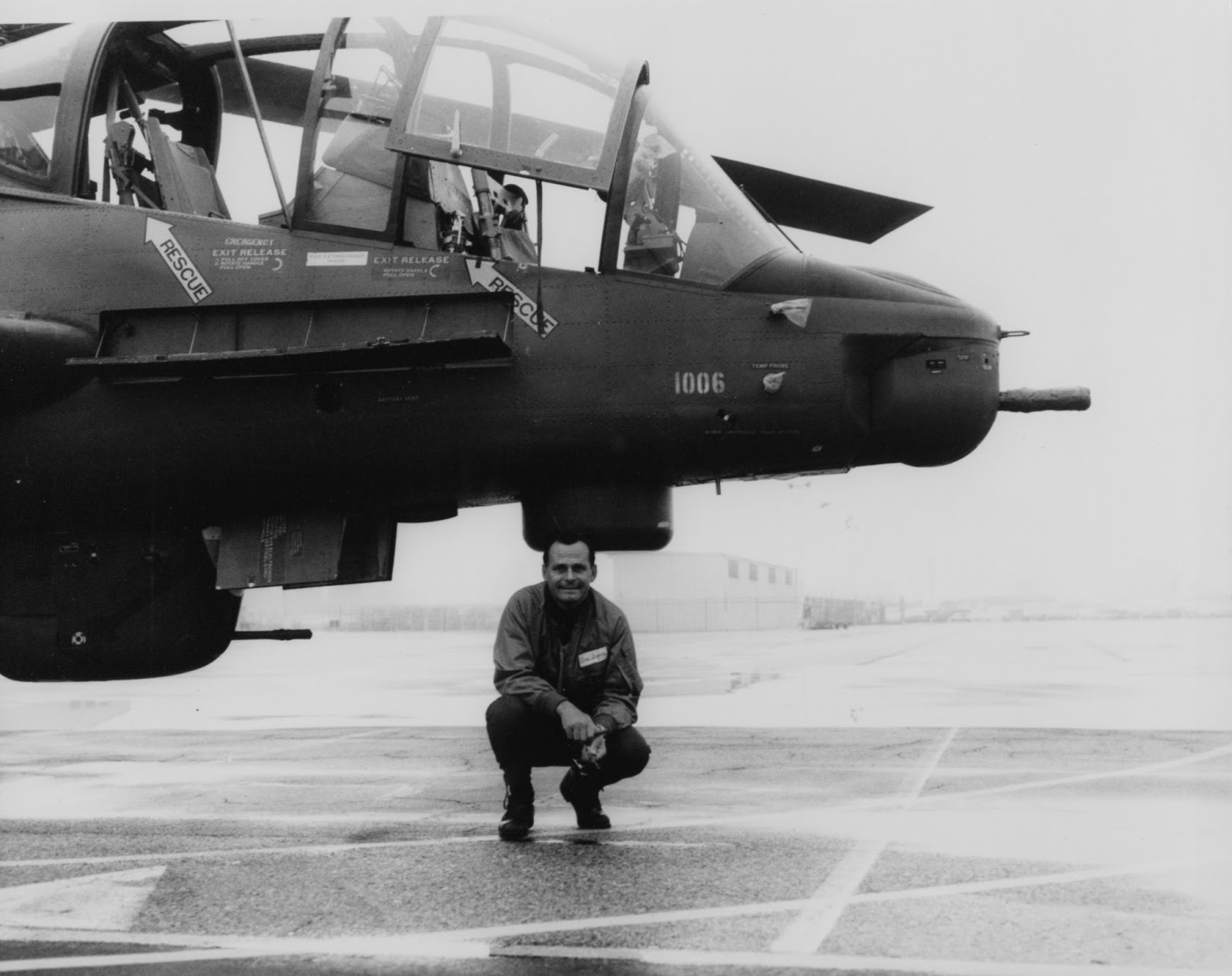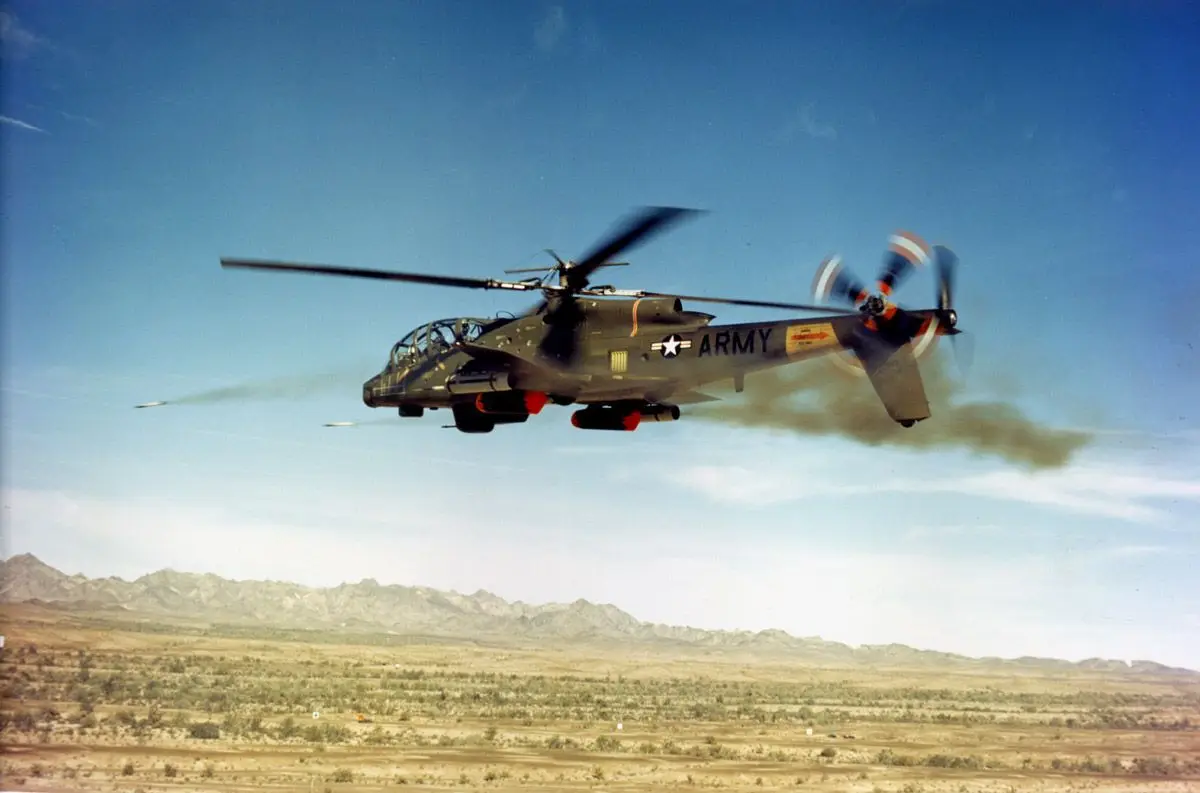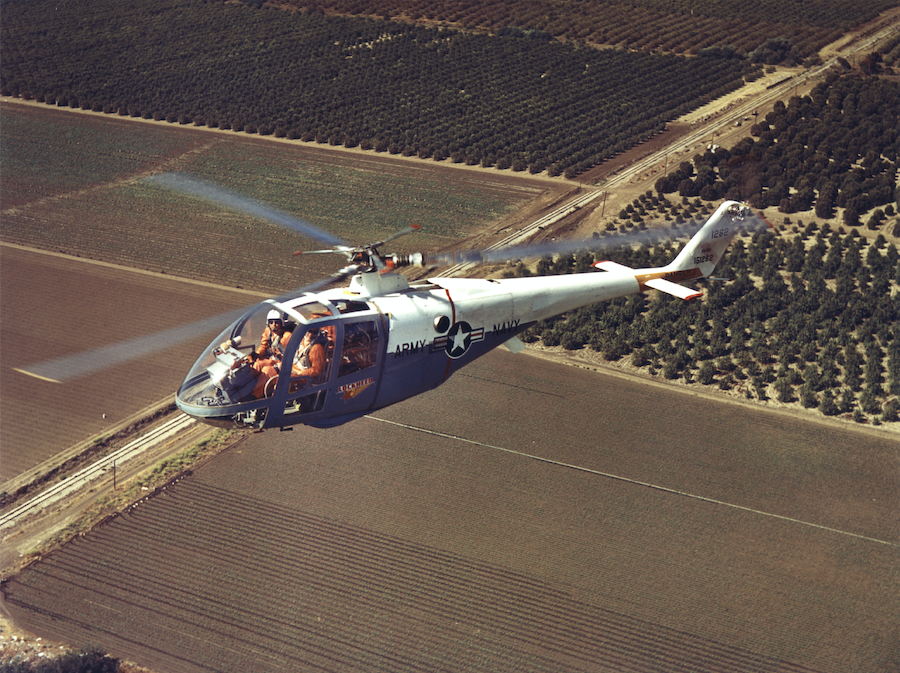
2 November 1962: Lockheed test pilot Donald Riley Segner takes the Lockheed XH-51A (Model 186), Bu. No. 151262 (s/n 186-1001), for its first flight.
The XH-51A was a response to the U.S. Army and U.S. Navy request for an experimental helicopter to explore rigid rotor technology. A rigid rotor relies of the flexibility of the rotor system to accomplish the functions of pitch, lead-lag and blade flapping that are allowed by hinges in an articulated rotor system. Two XH-51As were built and both were assigned U.S. Navy Bureau of Aeronautics serial numbers (“Bu. No.”). Tests were conducted at Lockheed’s facility at the Oxnard Municipal Airport (OXR), located on the Ventura County coastline of southern California. Later tests took place at the Naval Air Test Center, NAS Patuxent River, Maryland.
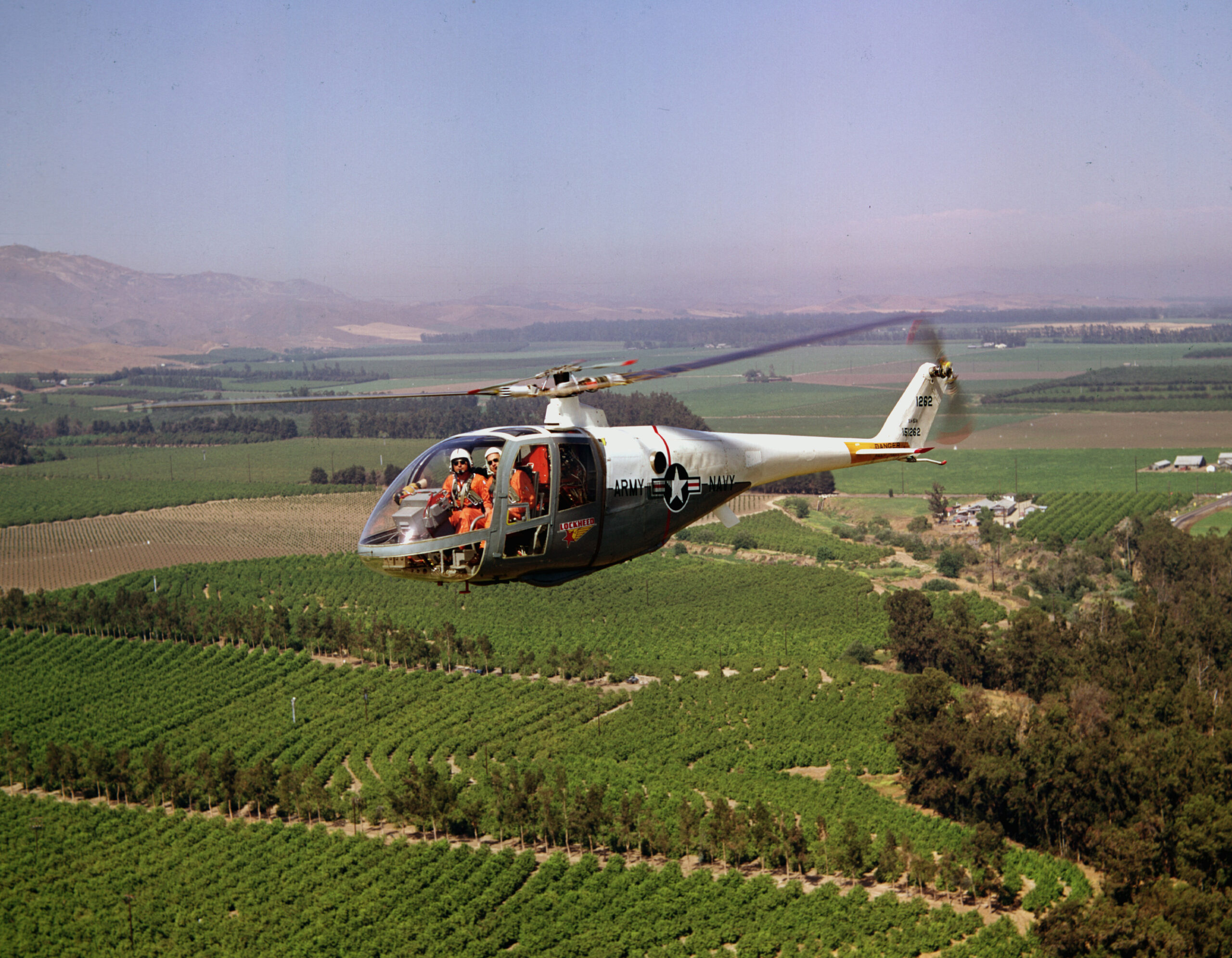
Lockheed photo # LN 7520. (Lockheed/Vertical Flight Society)
The XH-51A was a two-place, single engine, rigid-rotor light helicopter with retractable skid landing gear. It had an overall length of 42.08 feet (12.826 meters) with all blades turning, and height of 8 feet, 2.5 inches (2.502 meters). The helicopter’s design gross weight was 3,905 pounds (2,041 kilograms).
The helicopter’s main rotor mast tilted 6° forward. The three-blade main rotor diameter was 35 feet, 0 inches (10.668 meters). The blades had a chord of 1 foot, 1.5 inches (0.029 meters) and incorporated 5° of negative twist. There was no taper. They used a NACA 0012 airfoil, which was very common with helicopters at the time. Each main rotor blade weighed 86 pounds (39.0 kilograms). As is common with American helicopters, the rotor turned counter-clockwise as seen from above. (The advancing blade is on the right.) The main rotor turned at 355 r.p.m. A stabilizing “gyro” with a diameter of 6 feet, 5 inches (1.956 meters) was placed above the main rotor. A two-blade tail rotor with a diameter of 6 feet, 0 inches (1.829 meters) was located at the top of a vertical fin/pylon, turning clockwise, as seen from the helicopter’s left side. (The advancing blade is below the axis of rotation.) The tail rotor’s chord was 8.5 inches (0.216 meters). These blades also used the NACA 0012 airfoil, with 4.35° negative twist and no taper. The tail rotor turned at 2,085 r.p.m.
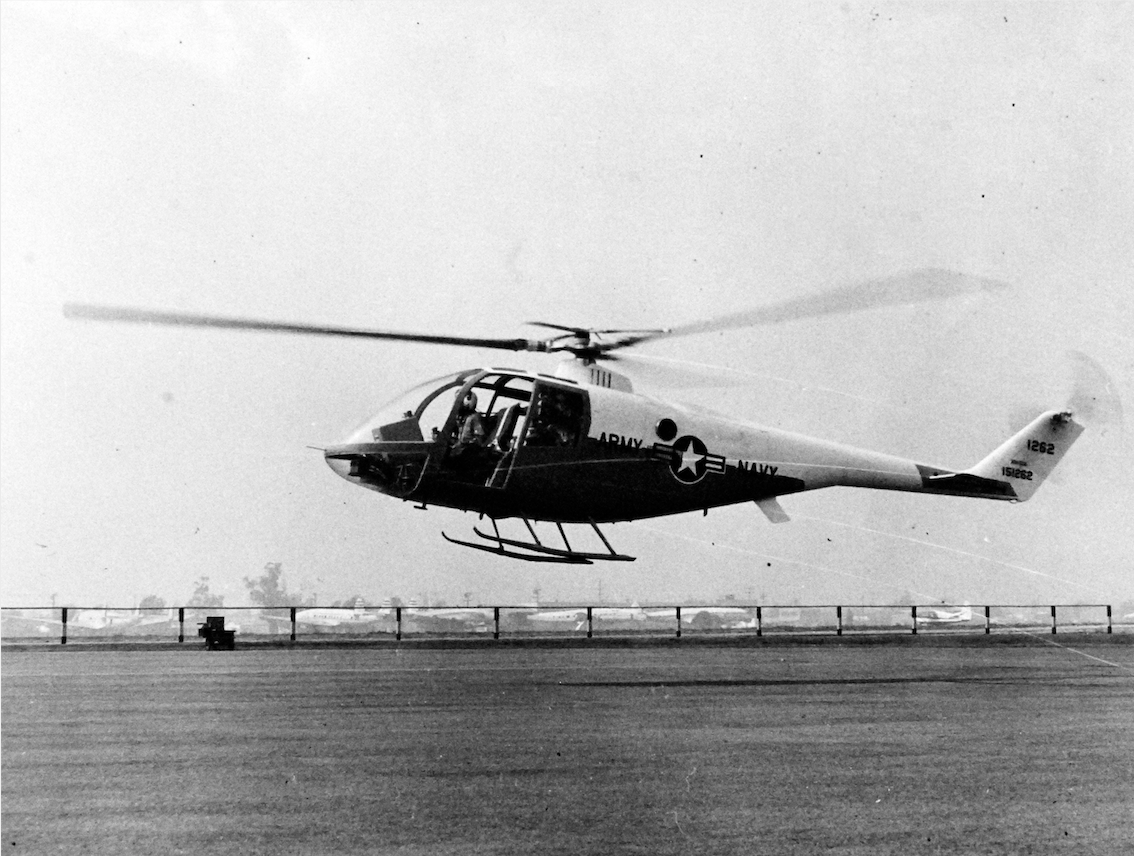
The XH-51A was powered by a Pratt & Whitney PT6B turboshaft engine, rated at 450 shaft horsepower at Sea Level (30 minute limit), and 500 shaft horsepower at Sea Level for takeoff (5 minute limit).
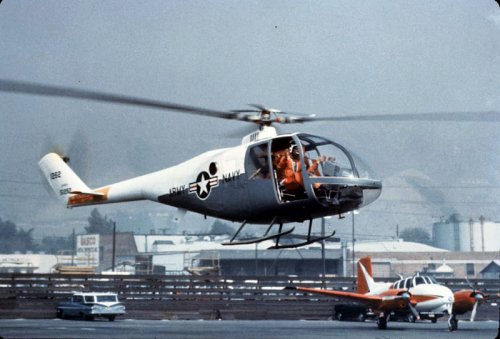
The maximum speed of the XH-51A attained during the flight test program was 150 knots (173 miles per hour/278 kilometers per hour) in level flight at Sea Level, and 113 knots (209 kilometers per hour) at 7,900 feet (2,408 meters) density altitude. In both cases, engine power was the limiting factor.
A four-blade rigid main rotor was also tested on the XH-51A. This increased the empty weight of the helicopter by 139 pounds (63 kilograms). Power required to hover out of ground effect (HOGE) went up by 30 s.h.p. (Various sources state that excessive vibrations caused Lockheed to switch to a four-blade main rotor. The four-blade design was pre-planned, however. The four-blade system resulted in “excessive structural loads in the main rotor system and excessive cabin vibration levels.” ¹)
XH-51A Bu. No. 151263 was modified as a compound helicopter with an auxiliary wing and a Pratt & Whitney J60-P-2 turbojet installed in a North American Aviation T-39A Sabreliner engine nacelle on the helicopter’s left side. The vertical fin area was increased. Main rotor r.p.m. decreased to 327 r.p.m. In this configuration, it reached 210 knots (242 miles per hour/389 kilometers per hour) in level flight. Engineers predicted that it should be capable of 230 knots.
Both Lockheed XH-51As are at the U.S. Army Aviation Museum, Fort Rucker, Alabama.
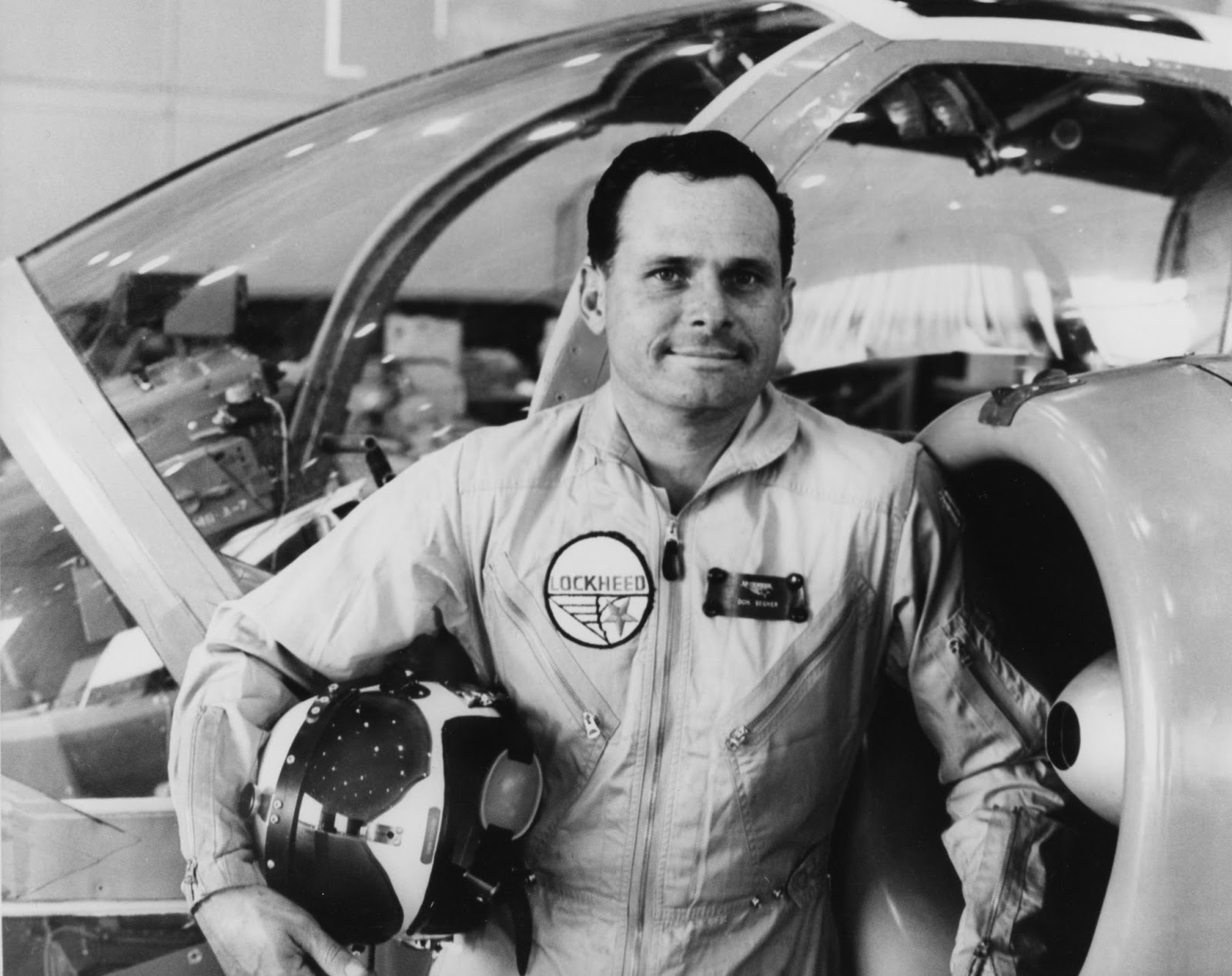
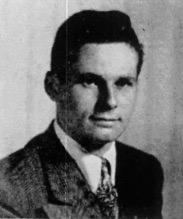
Donald Riley Segner was born 14 December 1925 in Los Angeles County, California. He was the third of four children of Oscar W. Segner, an electrician, and Sue Brown Segner, who had been born in Czechoslovakia of Hungarian parents.
Don Segner attended Burbank High School, Burbank, California, graduating with the class of 1943.
Donald R. Segner enlisted in the United States Marine Corps, 20 February 1943. He completed primary flight training at NAS Ottumwa, located northwest of Ottumwa, Iowa, in October 1945. He then moved on to advanced training at the Naval Flight Training Center, NAS Norman, at Norman, Oklahoma. He was awarded the gold wings of a Naval Aviator and commissioned a second lieutenant, United States Marine Corps Reserve, 1 September 1946.
Second Lieutenant Segner was promoted to the rank of first lieutenant, 5 June 1949, and to captain, 25 June 1952.
Captain Segner married Miss Alice Esther Stansfield at Nellis Air Force Base, Nevada, August 1952. They would have three children. Mrs. Segner passed away in 2014.
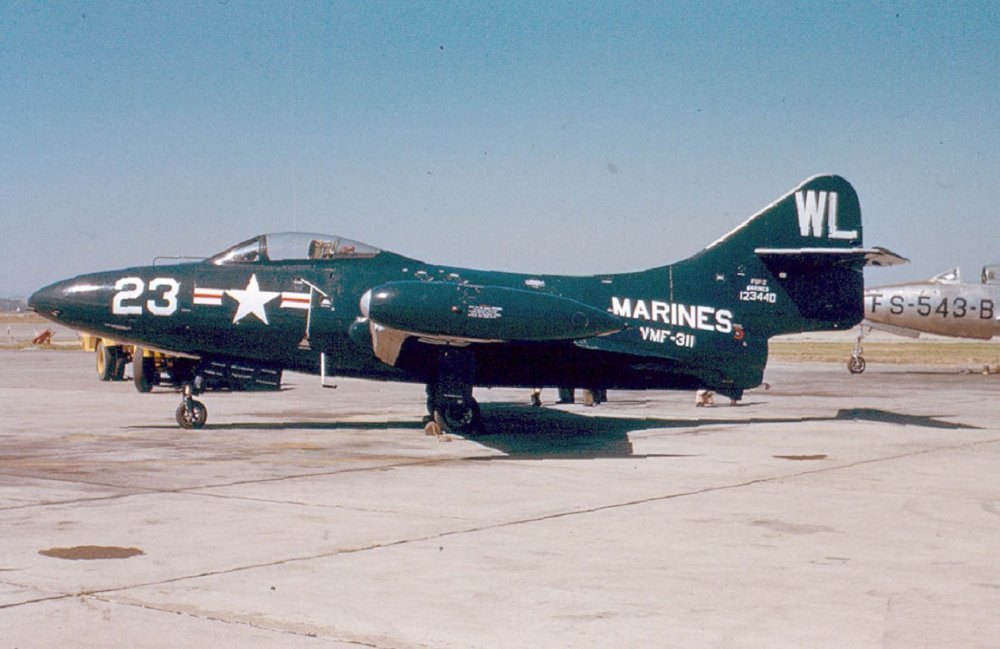
Donald Segner flew 86 combat missions during the Korean War, flying the Grumman F9F-2 Panther with Marine Fighter Squadron 311 (VMF-311). He was awarded the Distinguished Flying Cross for heroism and extraordinary achievement while participating in aerial flight, in action against enemy forces in Korea. He was also awarded the Air Medal with two gold stars (three awards).
On 21 January 1953, while flying a Goodyear Aircraft Corporation FG-1D Corsair, Bu. No. 67063, assigned to Marine Fighter Training Squadron 10 (VMFT-10) at MCAS El Toro, Captain Segner was involved in a Class C accident over MCAS El Centro.
In 1956, Captain Segner was assigned as a test pilot at NAS Patuxent River (“Pax River”), Maryland.
Captain Segner was promoted to the rank of major, 1 July 1957. In 1960 he was the first Naval Aviator to fly a tilt wing vertical takeoff and landing (VTOL) aircraft, the Vertol VZ-2, USAF serial number 56-6943.
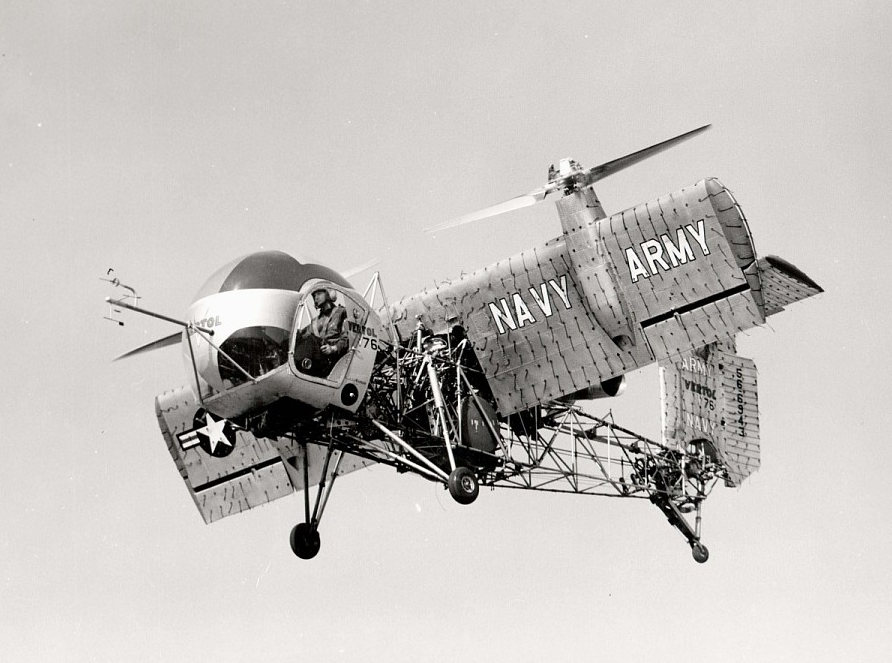
While remaining in the Marine Corps Reserve, Segner began working as a test pilot at Lockheed in 1962. In 1964, he was assigned to Marine Medium helicopter Squadron 764 at NAS Los Alamitos (SLI), California.
Major Segner was promoted to lieutenant colonel, 1 August 1964. In December 1964, while flying a Sikorsky UH-34D Seahorse, Major Segner flew the 95,000th Ground Controlled Approach (GCA) and landing at Los Alamitos. In 1965, he served as executive officer of Marine Wing Support Group 47 (MWSG-47) at Los Alamitos, California. He retired from the Marine Corps in January 1966.
On 23 September 1966, Segner was elected president of the Society of Experimental Test Pilots (SETP)
On 21 September 1967, Segner made the first flight of the Lockheed AH-56A Cheyenne compound attack helicopter.
1972 American Institute of Aeronautics and Astronautics (AIAA) Octave Chanute Award, for advancing the art, science or technology of aeronautics. That same year he received the Iven C. Kincheloe Award of the Society of Experimental Test Pilots for outstanding professional accomplishment in the conduct of flight testing
After retiring from Lockheed in 1980, President Ronald Reagan appointed Don Segner as Associate Administrator of the Federal Aviation Administration.
Donald Riley Segner died 10 May 2019 at the age of 93 years. His remains were interred at Pacific View Memorial Park, Corona del Mar, California.
¹ “Exploration of High-Speed Flight with the XH-51A Rigid Rotor Helicopter,” by William K. Foulke, U.S. Army Aviation Material Laboratories (USAAML Technical Report 65-25), Page 88
© 2023, Bryan R. Swopes
